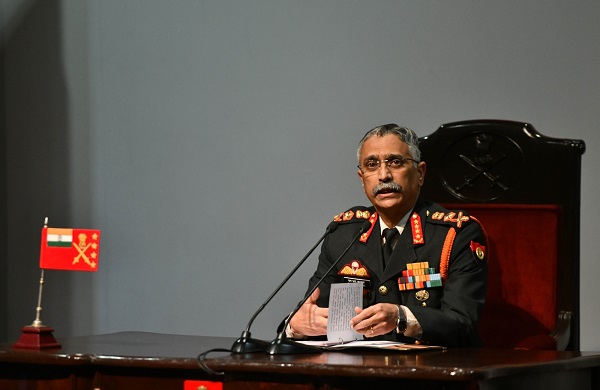New Delhi, (Samajweekly) A much-awaited India and China military top brass talks on Saturday to resolve the standoff situation in Eastern Ladakh region and de-escalation of forces across the Line of Actual Control (LAC) ended on Saturday evening.
The details of the dialogue would be shared with top defence ministry officers and Indian Army Chief M.M. Naravane.
The meeting was held in Moldo on the Chinese side opposite Chushul. The Indian military delegate was headed by the commander of Leh based 14 Corp, Lieutenant General Harinder Singh, while the Chinese delegate was headed by Major General Liu Lin, Commander of South Xinjiang Military Region.
Both the countries had a dialogue to resolve the standoff situation in Eastern Ladakh region, particularly at north bank of Pangong Lake where the Chinese People’s Liberation Army has attempted to change the status quo.
China has made attempts to change the status quo by putting up shelters and setting up a camp in areas that were under Indian control so far.
Earlier in the day, Indian Army had stated, “Indian and Chinese officials continue to remain engaged through the established military and diplomatic channels to address the current situation in the India-China border areas.”
Before this military level dialogue, talks between major general-rank officers between the two countries took place on June 2 which remained “inconclusive”.
A clash took place at the Pangong Lake on May 5 when troops from both the armies were involved in a confrontation, which left several from both sides wounded.
Sources further pointed that the standoff was not a spontaneous reaction to India’s road construction in Ladakh. Unusual activities were first noticed a few weeks before the clash.
The current standoff in Ladakh is not the usual patrolling faceoff but part of the new combative strategy that has been rolled out by China after the Doklam incident.
In 2017, there was a 73-day standoff between Indian and China. The standoff was at the India-China-Bhutan tri-junction in Doklam.
China’s road construction in the Bhutanese territory was seen as an attempt to change the status quo by India and finally the road work had to be stopped.










